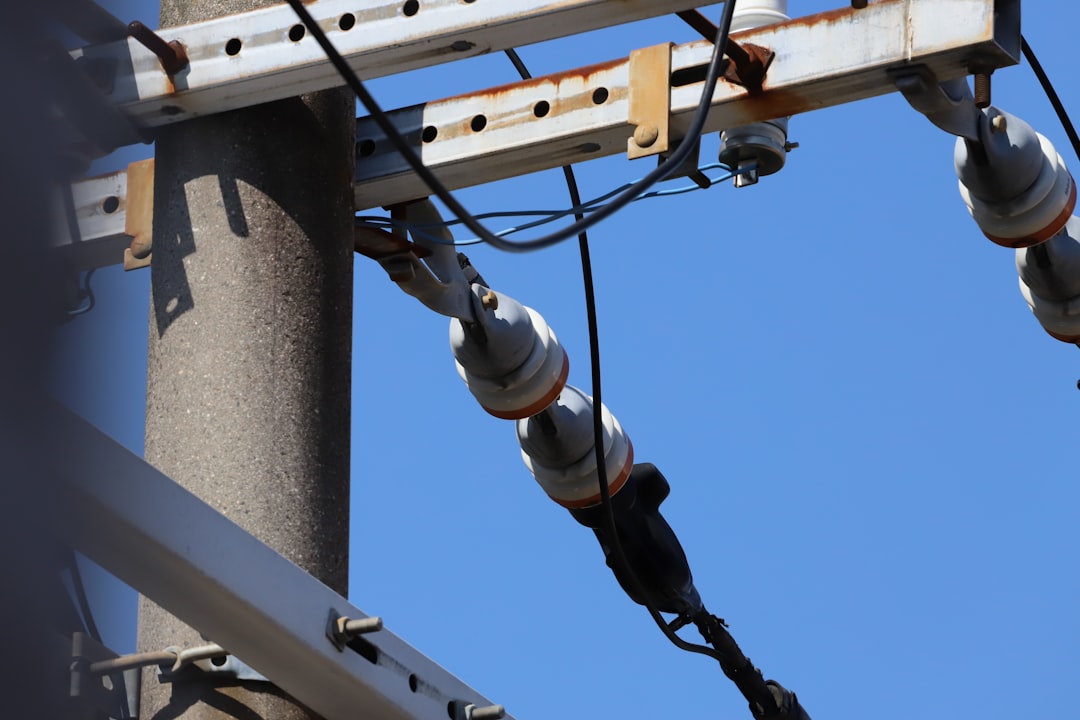
Adding a new electrical outlet can vary significantly in cost, depending on several factors. For trade professionals, understanding these variables is crucial for accurate budgeting. The average cost for adding an outlet ranges from $175 to $325 per standard receptacle. This guide explores the factors influencing these costs and how to achieve precise estimates using advanced tools.
Several elements contribute to the final cost of adding an outlet:
Using real-time data, CountBricks integrates these variables to provide accurate estimates quickly.
For most residential projects, the cost of adding an outlet falls between $175 and $325. Costs are lower for open-stud walls and higher for finished surfaces requiring additional work.
1. Describe the project scope using voice input.
2. CountBricks AI identifies key project details.
3. Blueprint analysis measures wire runs.
4. Real-time material and labor costs are calculated.
5. Receive a detailed, professional quote ready for client approval.
Scenario: Add one duplex outlet on an interior drywall partition, first-floor kitchen, 12 ft wire run.
Total Estimate: $209
CountBricks ensures transparency in estimates to avoid unexpected costs.
Ready to streamline your next project? Visit CountBricks.com to learn more and start using our AI-driven tools for accurate estimates.

Project snapshot: A 1950s Manhattan co-op kitchen required outlets for a coffee bar, microwave shelf, and charging station. The space was tight, with plaster-over-brick walls, and an expedited permit was needed.
1. The contractor used the CountBricks app to specify the project details.
2. Our AI identified the GFCI requirement and pulled local labor rates.
3. The system measured conduit paths and recognized masonry penetrations.
4. A detailed quote was generated within 90 seconds.
CountBricks offers a comprehensive solution for estimating and managing residential construction projects. Try a demo at CountBricks.com and see the difference.